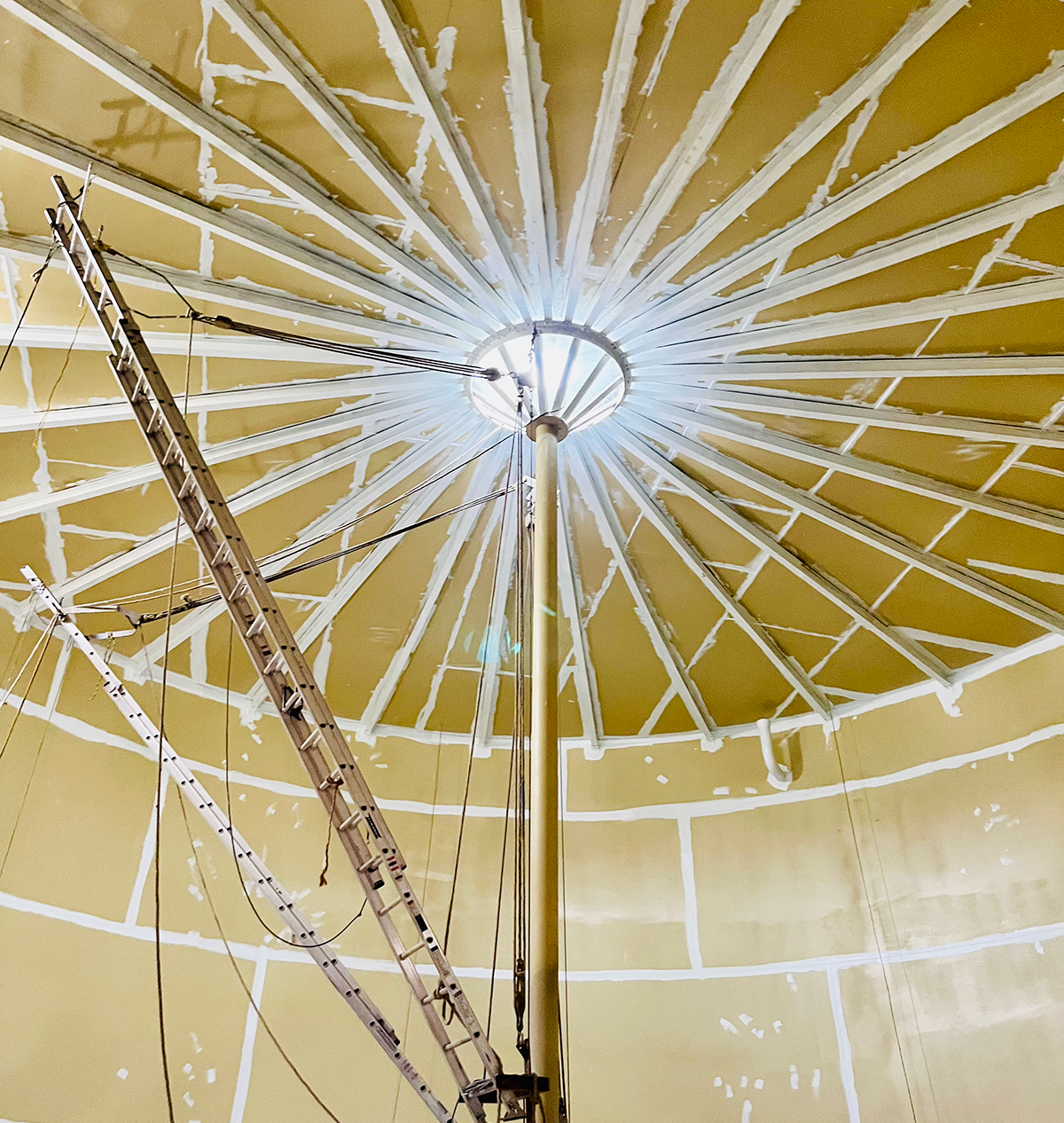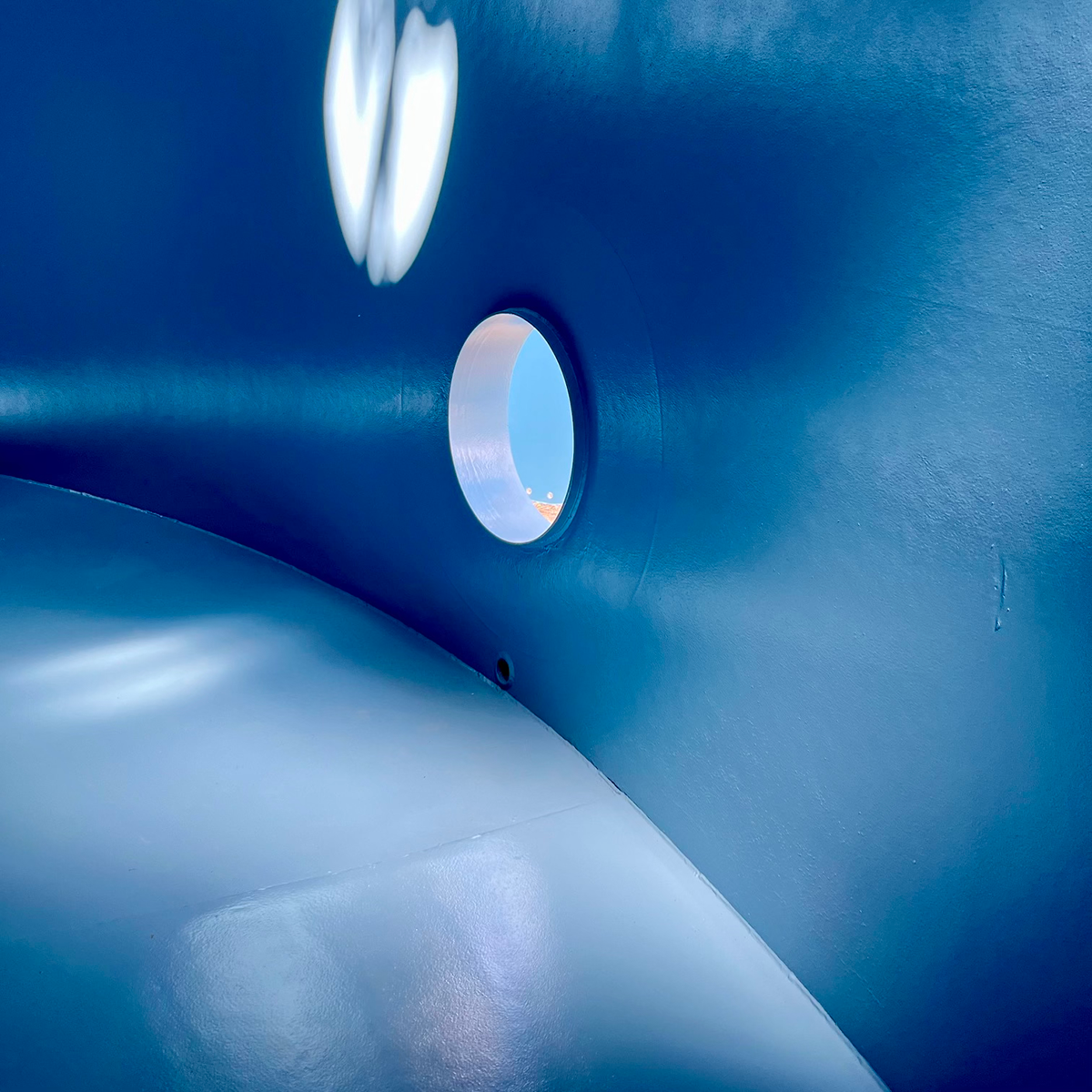Moisture-cured urethane zinc primers have become very common in the water tank industry in
the context of water immersion lining. Most coatings manufacturers participating in the market
have some moisture-cured urethane zinc (MCU-Zinc) offering. AWWA D-102 is the standard most engineers use to select water tank linings and D102 does in fact list MCU-Zinc in multiple of the included lining systems. An “epoxy” is the other most common type of primer. These two primer types differ in how they are marketed and how they actually function in
service.

Epoxies vs. MCU-Zincs
Epoxies are known for their extreme lack of permeability (resistance to the ingress of
water or other molecules). They are often marketed for these properties, and it has been firmly
established, by both laboratory and real-world means, that this is in fact how they protect the
underlying steel in immersion.
MCU-Zincs, on the other hand, are marketed as having galvanic action in immersion. This is, in no uncertain terms, incorrect. A thorough examination of the scientific and engineering literature revealed zero references to galvanic action of topcoated zinc dust primers in immersion. Whether or not there is any galvanic action for un-topcoated zinc in immersion is beyond the scope of this article, but no manufacturer offering an MCU-Zinc recommends it be used in immersion without a topcoat. AWWA D-102 does not list “naked zinc” as a viable system either.
MCU-Zinc primers are not equivalent to the much more robust inorganic zinc primers with which they are often conflated.
In our research, we uncovered multiple references to scientific studies–both empirical
(laboratory based) and theoretical (mathematically derived)--undeniably establishing that
top-coated zinc in immersion loses its galvanic action very rapidly (within days not years) after
being topcoated and put into immersion service. This is due to a variety of factors but primarily a
lack of ambient oxygen to continue the oxidation reaction. This is vitally relevant because zinc
requires oxygen to be oxidized to zinc oxide and protect the underlying steel. In short, this oxidation process is commonly thought of as “galvanic” protection.

Studies of real, in-service, water tanks also show that, beyond any reasonable doubt, zinc / epoxy / epoxy lining systems actually only perform more or less to parity with equivalent film thickness to epoxy / epoxy / epoxy lining systems. However, when adjusted for total applied cost, this becomes quite a disparity to the favor of epoxies.
In a recently published white paper, Induron reproduces the “expected service life of coatings” for potable water linings coupled with an interpretation of total applied costs of these systems.
All in all, we believe it’s time for the industry and academic community to examine these questions further to serve our water-consuming and utility-paying communities in a cost-effective and efficient manner that is guided by skeptical examination of new technologies and old technologies that may now, or may have considered in the past, the default option.
Interested in learning more? Download the white paper here or contact us to learn more.